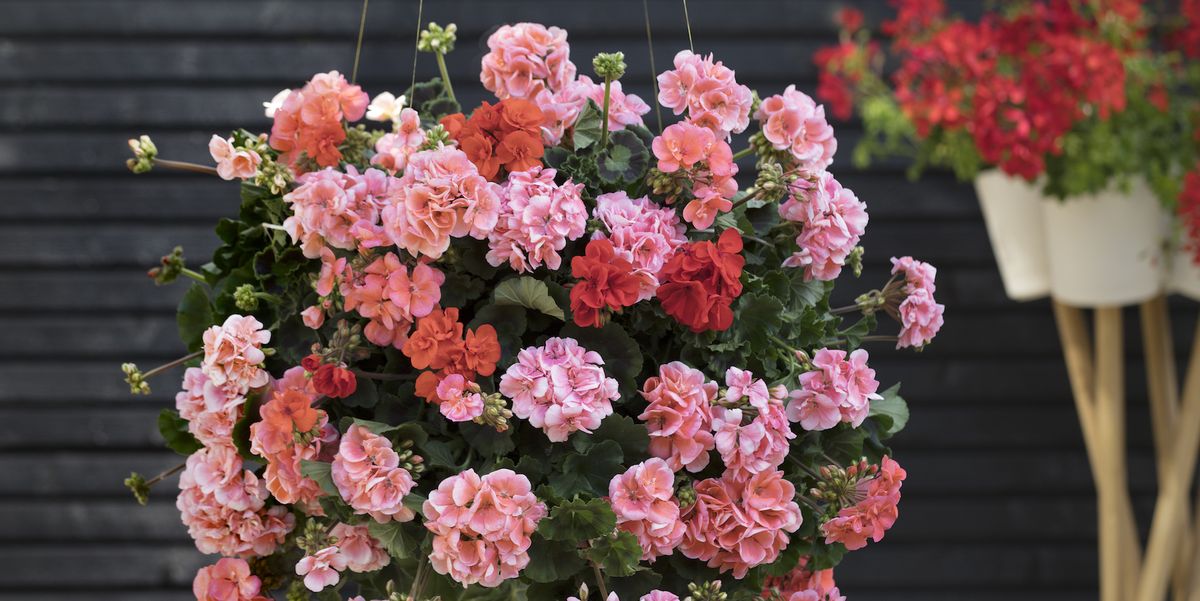Table of Contents
Native to South Africa, these beautiful flowers are a genus of 422 species. This variety of species includes annual, biennial and perennial plants. Well-known as Crane’s Bill, they are visible in many parts of the UK. There are two ways to grow these flowers: through seeds or geranium cuttings.
The colourful flowers bloom from spring to autumn. When grown indoors, they can bloom throughout the year. Some species of geranium emit beautiful fragrances of almond, lime, nutmeg, strawberries, peppermint and much more. Grace your garden with these elegant flowers and enjoy the colours with fragrance.
This article will assist you in growing these delightful flowers using geranium stems. Before we understand the process, there are a few interesting facts about geranium that you wouldn’t want to miss.
How to Take Geranium Cuttings for Propagation
Propagation is a simple process when you hear about it initially. However, every step is crucial for a successful new plant. When it comes to geranium, there are many species, and each might have something unique. It is a general process that will be similar for almost every species.
If you want your propagation process to end in a healthy blooming plant, don’t miss out on these steps. The 6 steps to grow a new plant from propagation are as follows –
Step1: Locating the Stem
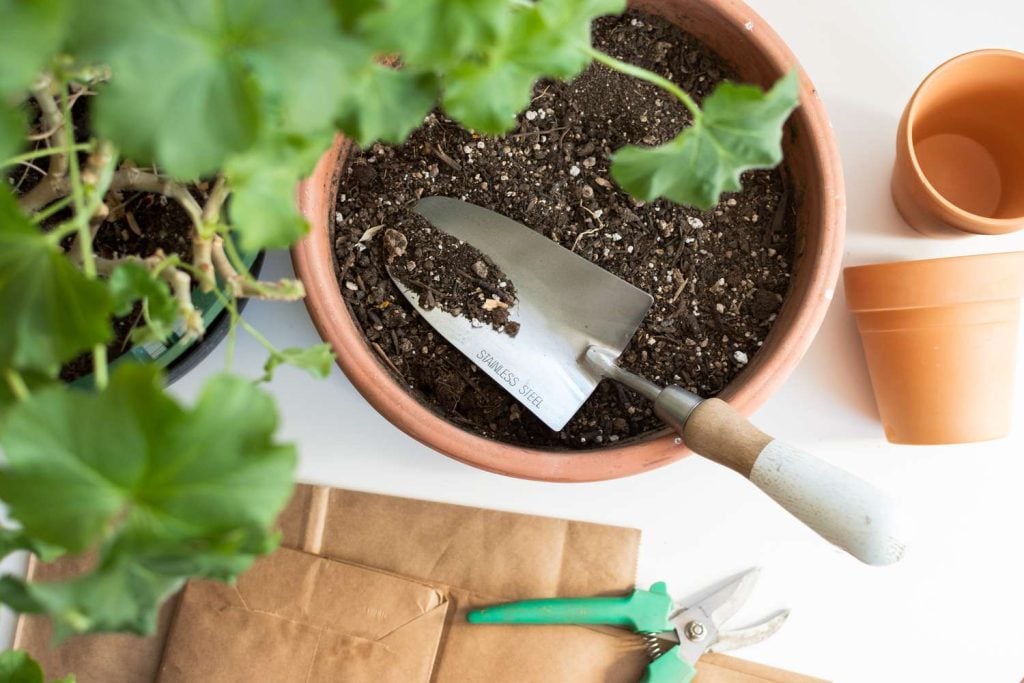
Find a healthy plant in your garden at an appropriate time of the year. If you do not have a plant already, search for a neighbour with a similar plant. Pick out the healthiest and oldest plant from the garden. The ideal branch belongs to a tree that is healthy and free from any weakness or diseases.
Before you cut the stem, it is crucial to examine the plant. Check for any insects, pests, pale leaves, weak stems or damage on any part of the plant. After a thorough examination of the plant, find a stem from the upper part of the plant. The upper part has the fresh and latest growth compared to the lower part of the plant. This makes it the best location to get geranium stems for planting.
Step 2: Cut It Right!
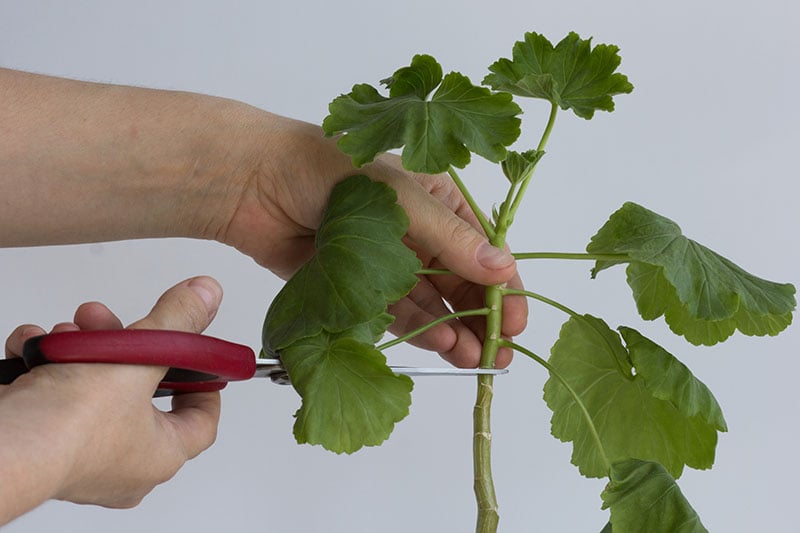
Approximately measure the length of 4 to 6 inches while cutting a stem for propagation. Select a space below the leaf node. The area near the leaf node is much more prone to produce new roots. A leaf node is the spot where the leaf emerges from a stem.
With the help of garden scissors or sharp pruning shears, cut the stem at a 45-degree angle to get the most rootings. Having a clean and sharp instrument is crucial for this process. Already used scissors might transfer bacteria or organisms to the stem, leading to rotting and hindering the process. Also, the sharpness will help to cut smoothly without crushing.
The geranium cuttings should not be long or extremely short. The longer ones won’t root well, and it will become a plant with less foliage. Divide it into small separate cuttings if you have cut a long stem. The short ones will not have enough length to root well and develop a new plant.
Understand the cutting process better with this video tutorial, and also learn about the possible mistakes that can ruin your whole propagation process.
Step 3: Prepare the Stem
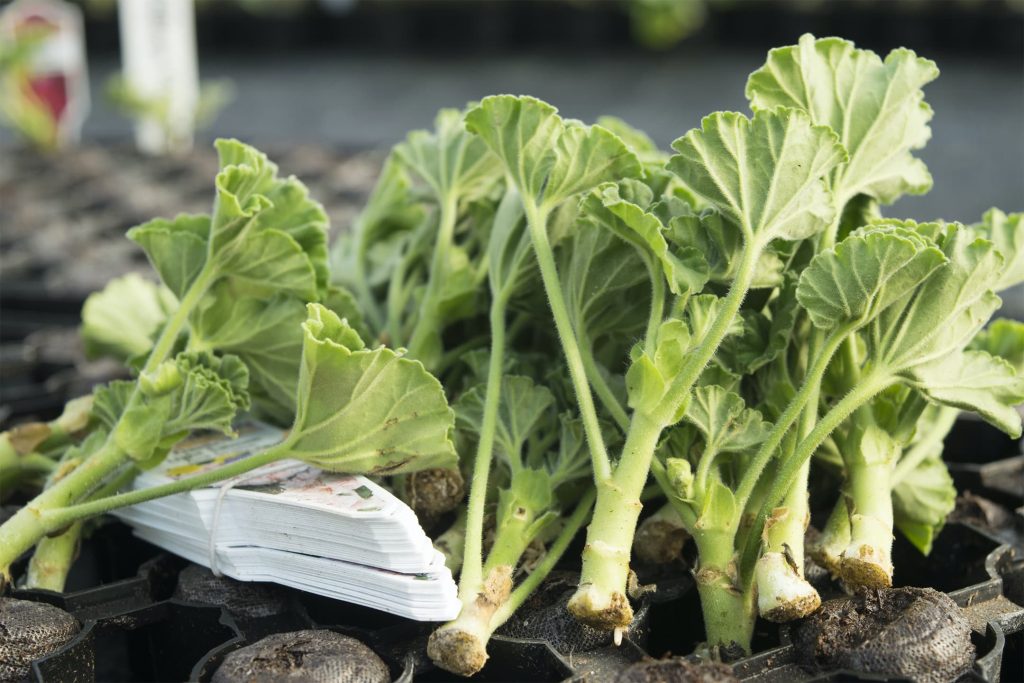
Once you are ready with the stem, it’s time to prepare them for further process. You can choose to prepare one or more stems for the propagation process. Remove all the leaves from the lower part of the stem, leaving a few leaves on the upper part.
The leaves on the lower part can rot in the process. Thus, getting rid of them before moving ahead in the process is essential. Store the stems if you do not have the time to soak them stem. A moist environment is best for the cut stems. Store them in a dark bag with wet paper towels or place them in the refrigerator.
Step 4: Soak the Stem
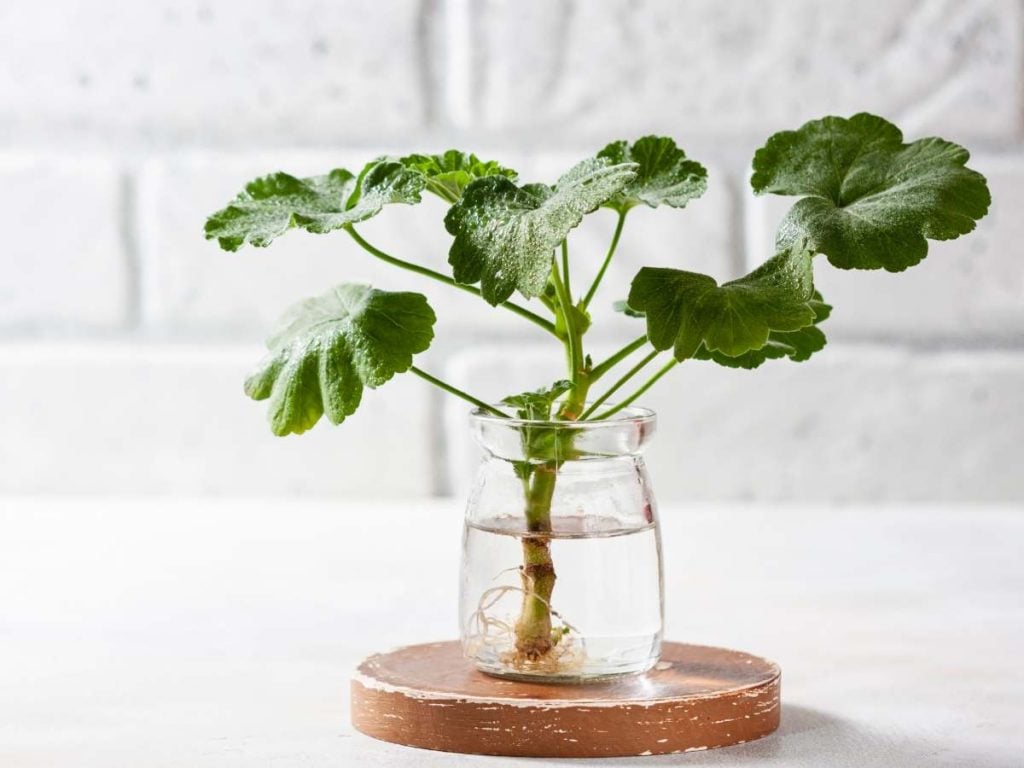
Geranium cuttings will remain in the water for the next few days until the roots grow. Take a small jar or a vase and fill it with water. The lower part of the stem should be in the water, and the upper part should get fresh air. The leaves on the stem should not submerge in the water. Keep changing the water every 2-3 days so that it does not rot. After a few weeks, you will observe root formation in the lower part of the stem that is dipped in the water.
Place this vessel indoors in a place that gets partial light during the daytime. The warm temperature will accelerate the process of cell division and shows rapid root development. You can also use a rooting hormone to help the stem grow quickly. Using a rooting hormone increases the success rate of propagation with geranium cuttings.
Step 5: Place It in The Soil
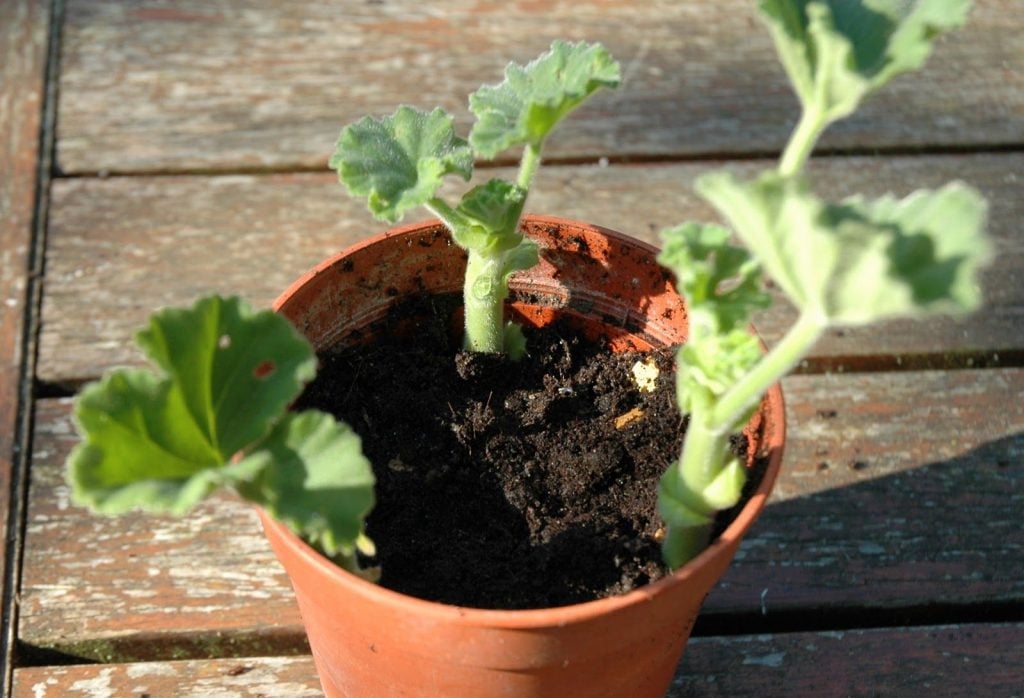
Keep observing the stem in water regularly for root development. Once the roots develop, it’s time to place the cutting in the soil. It takes about 4-5 weeks for new roots to develop with these cuttings. Move it in a small pot or container so that the stem gets the space to grow into a new plant.
Fill it with some fresh potting soil with proper drainage. Extra moisture can damage the new roots and hinder their development. Remove the stem from the water and wash it thoroughly with fresh water. In the selected pot, put 1 to 2 inches of soil in the bottom and place the cutting. Cover the surrounding area with soil and leave a space of about 1-2 inches between the top layer and the rim.
While planting more than one cutting, take a 10-inch container for two cuttings. Do not plant more than two cuttings in that container if you want the plants to get enough space. Planting too many cuttings in a single pot can hinder the growth of roots and does not give the flowers enough space to bloom.
Step 6: Care for The Plant
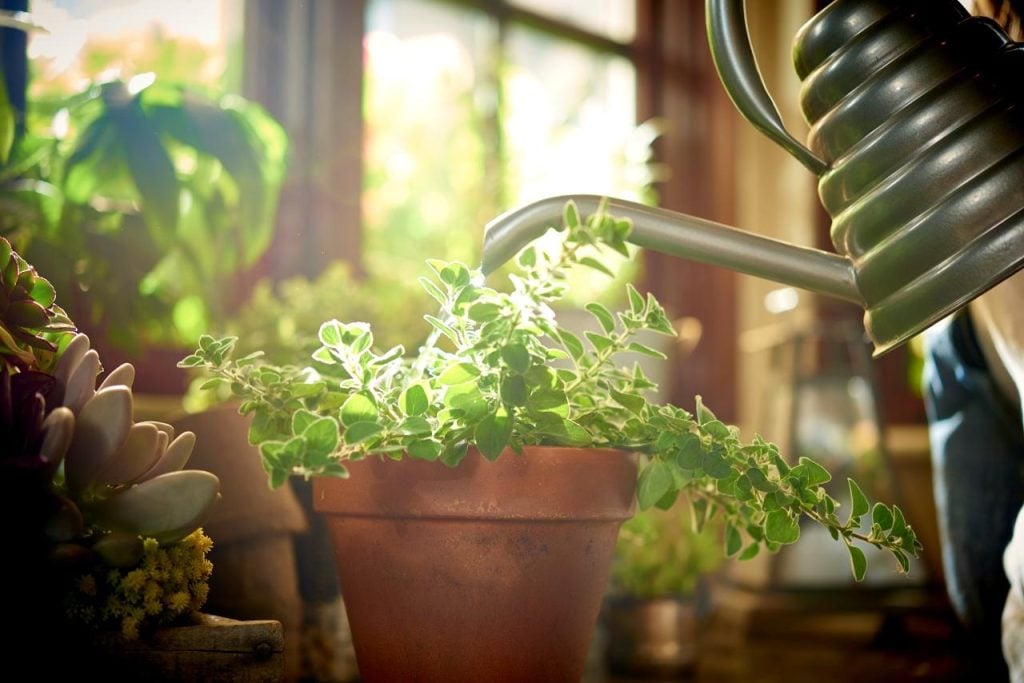
It’s time to let the plant grow after planting the geranium cuttings. This period requires the gardener to be careful with the baby plant. Geraniums are sun-loving plants and stay healthy in full sun. Place the pot in a space that gets enough light. To save the soil from becoming soggy, only water the upper parts of it.
It is okay if the soil dries up before you water the plant again. These drought-tolerant plants can rot in highly moist soil. Fertilize them during their initial growth period and the blooming season. As the plant matures, remove the fading flowers to make space for the new ones.
Check for any abnormal shades or damaged flowers regularly. Aphids, spider mites and whiteflies are common pests that infect these plants. Opt for a pesticide/insecticide to treat the plant. You can also use organic neem oil.
Why Grow Geranium?
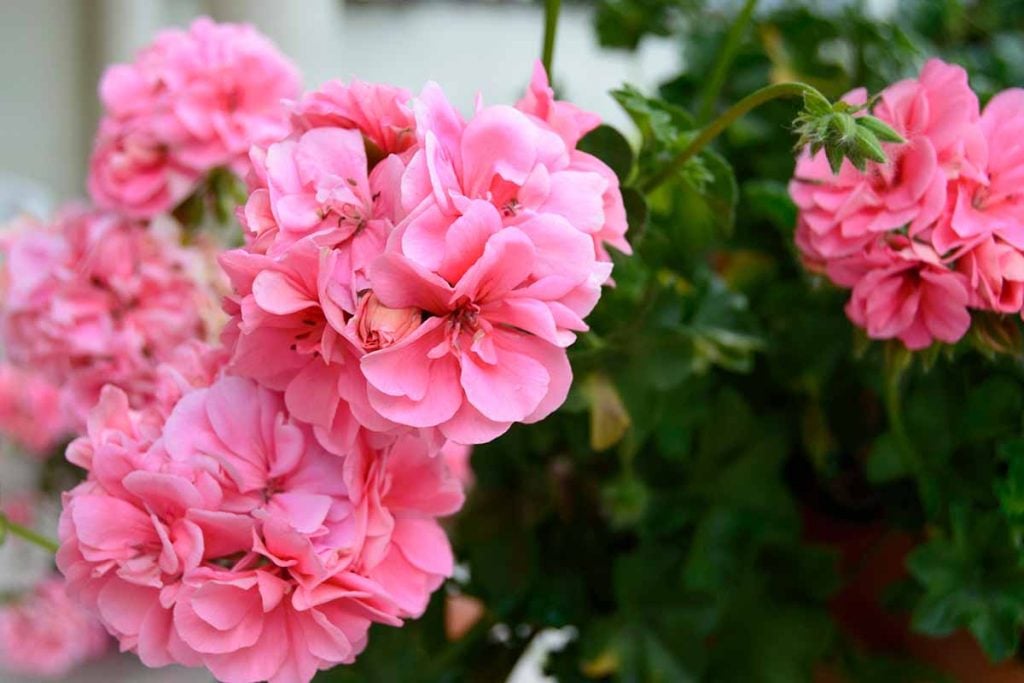
Plants grown with geranium cuttings fill your garden with pleasant fragrances and bold colours. These flowers thrive in a terracotta pot or on the ground as bedding. The easy-to-grow plant looks beautiful with other flowers like lavender, sage, celosia and nemesia. Moreover, these plants act as insect repellants for your home. Most effective insect repellants have it as one of their active ingredients.
Along with adding to the beauty of your garden, these plants are helpful in the kitchen. Design a productive garden by planting these edible plants. Some species are edible and useful for culinary purposes. The aroma of many geranium plants will make up fall in love with its natural fragrance. Use them as a freshener to relieve stress and free yourself from anxiety.
When to Take Cuttings for Propagation?
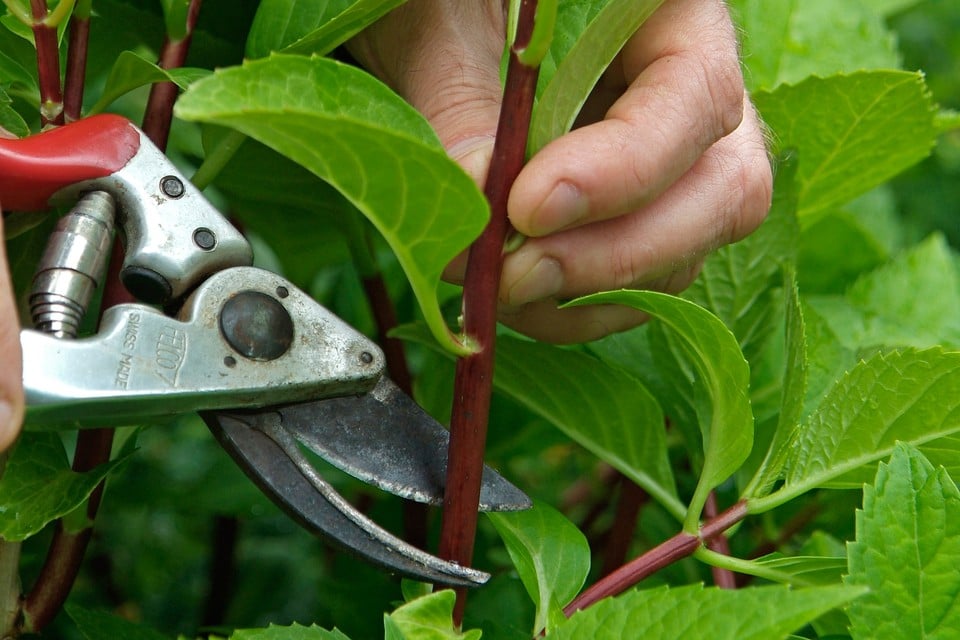
Cutting from the plant can be taken anytime from a healthy and thriving plant. However, the best time is to cut the stem when plants are sprouting abundant growth. Summer is the time when geraniums bloom and spread their colours. This is the best time to take the cuttings. Proper sunlight and warmth these days also support the growth of these cuttings.
In a warm place, you can also take the cuttings in winter. If you live in a cold region and want to grow geranium, try the process indoors. The initial step to settle the geranium cuttings in the soil requires a warm environment. Choose to do the process indoors or outdoors, depending upon the climate. These cuttings will take a few months to reach their first bloom.
Geranium Cuttings Can Design Your Home!
Best for herb gardens, these plants are an all-in-one package. The beautiful colours, aroma, medicinal benefits, and capacity to thrive in drought make them the best choice. You can hang them in a pot or place them as a centrepiece on your outdoor/indoor table. They won’t fail to impress your guests every time they visit. Growing these plants from geranium cuttings is the easiest way to get your hands on these magnificent natural home decor.
Enjoy the abundance of geraniums as they thrive and spread the fragrance.
Frequently Asked Questions
Is It Better to Root Geranium Cuttings in Water or Soil?
It is better to root the geranium cuttings in the soil to grow a plant successfully. Water is also helpful in rooting, but there are fewer chances of growth.
Are Geraniums Easy to Grow from Cuttings?
Yes, geraniums are easy to grow from cuttings if you properly cut the stem and allow the roots to develop before planting them in the soil.

